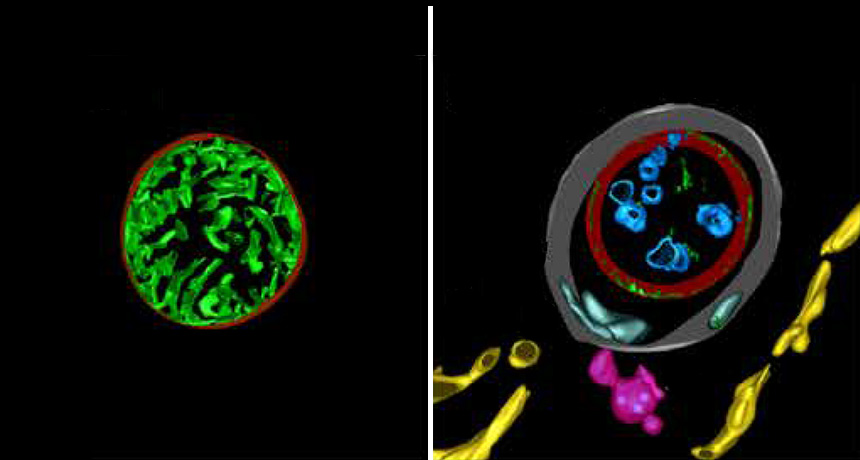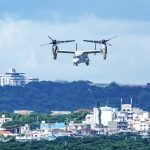Scientists find clue to why mitochondrial DNA comes only from mom

Scientists have found a clue to why one type of DNA is passed down to children by their mothers — but not their fathers.
DNA inside energy-producing organelles called mitochondria is destroyed in a dad’s sperm shortly after it fertilizes an egg, researchers report online June 23 in Science. A protein called CPS-6 cuts apart the mitochondrial DNA in the male sperm so that the DNA can’t make the proteins that the mitochondria need to power the cell. Lingering paternal mitochondrial DNA might hurt developing embryos, the researchers say.
“This is a very long-standing mystery in biology — why in so many organisms, [only] the maternal mitochondria are inherited,” says Ding Xue, a geneticist at the University of Colorado Boulder who led the work.
Millions of years ago, mitochondria were their own simple cells. Now they produce energy for more complex cells, but they’ve held on to their own genomes. Their DNA is simpler and shorter than the regular DNA found in the nucleus of the cell.
Xue and his collaborators used electron microscopes to watch as sperm from the worm Caenorhabditis elegans fertilized eggs. The images showed the paternal mitochondria breaking down from the inside out. To figure out what gene might be responsible, the researchers then looked at what changed when certain genes weren’t working. The culprit gene they identified produces the protein CPS-6.
CPS-6 normally controls a process of programmed cell death that helps organisms keep old cells and new cells in balance. But Xue’s team found that during fertilization, CPS-6 could also move into the innermost part of the mitochondria and chop the mitochondrial DNA stored there into pieces. That DNA spells out instructions for critical tasks carried out by the mitochondria. Without the instructions, the mitochondria can’t do their job.
CPS-6 doesn’t work alone, though. Other scientists had previously identified a different process, called autophagy, that helps break down paternal mitochondria after fertilization (SN: 1/1/2000, p. 5). Autophagy recruits specialized structures in the egg that carry away pieces of the paternal mitochondria and break them down, like a garbage collection team. The two seem to work together: Without CPS-6 acting as a flag, the autophagy machinery didn’t cart away the unwanted mitochondria as quickly.
“Our study for the first time shows that paternal mitochondria actually cooperate with maternal degradation machinery to ensure that they’re all removed,” Xue says.
When the mitochondria removal process was delayed, the resulting embryos were more likely to die. The finding suggests that paternal mitochondrial DNA somehow interferes with normal development, but scientists don’t yet know why that might be.
It’s also not yet clear how directly the mechanism carries over to humans. “You could imagine there’s a similar mechanism, but there’s no demonstration yet,” says Vincent Galy, a biologist at the Pierre and Marie Curie University in Paris who was not involved in the work.
The CPS-6 protein is similar to one found in humans, and it controls cell death similarly in both species. But because research in flies and mice suggests that exactly when sperm lose their mitochondria varies from species to species, the process itself probably varies slightly.


